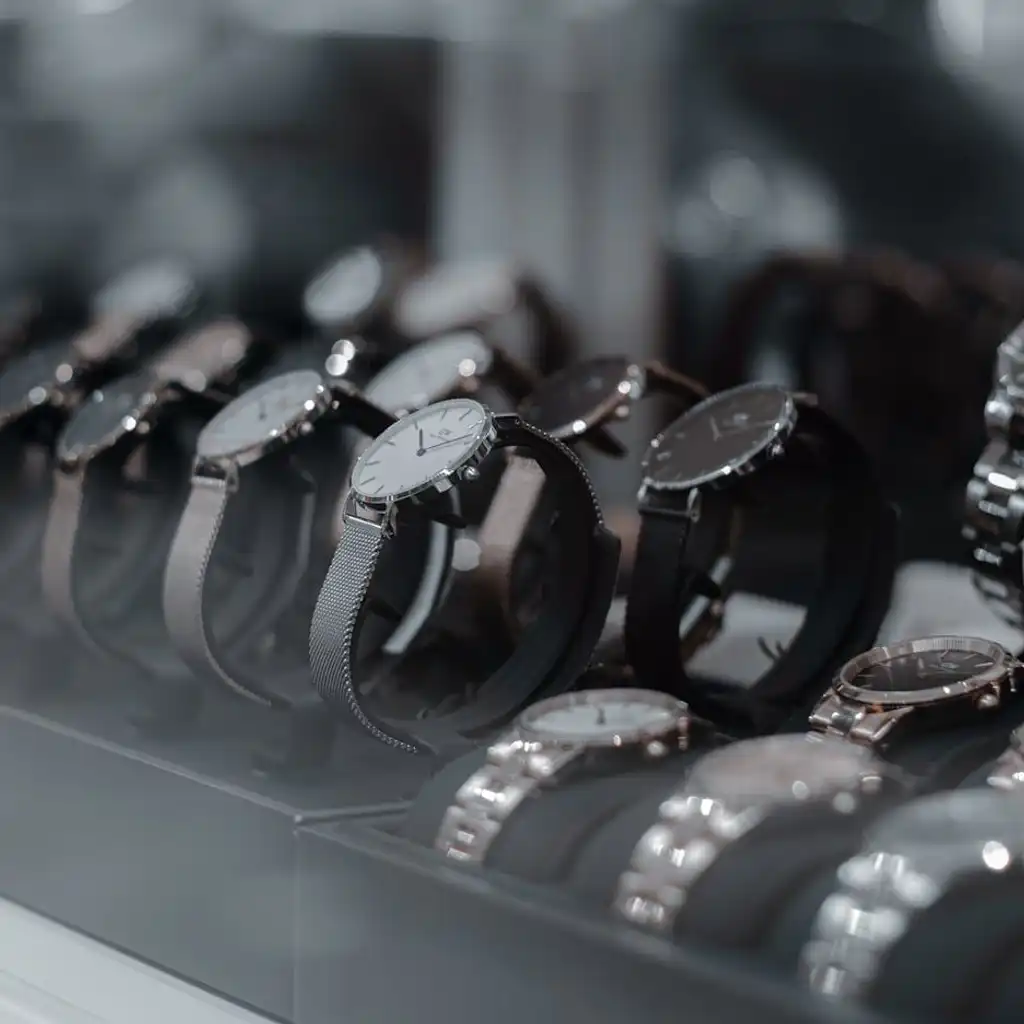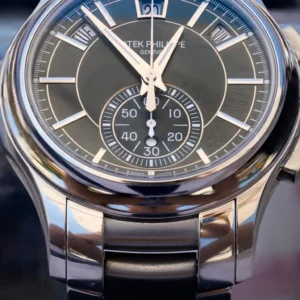As of 2025, the watch market in Germany is on a promising trajectory, with expectations to hit $6.19 billion by the end of 2024 and a forecasted $4.13 billion by 2033. This upward trend is largely fueled by a growing consumer inclination towards luxury, smart, and fashion watches, with an anticipated compound annual growth rate (CAGR) of 4.59% from 2025 to 2033. Germany’s watch industry is celebrated for its precision engineering and elegant designs, featuring prestigious brands such as A. Lange & Söhne, NOMOS Glashütte, and Sinn. Additionally, international luxury giants like Rolex, Omega, and Tag Heuer maintain a strong foothold in the market.
The rise of smartwatches has further invigorated the market, appealing to tech-savvy consumers who value health monitoring, connectivity, and convenience. This fusion of traditional craftsmanship with modern innovation keeps the German watch industry dynamic, catering to both collectors and everyday consumers.
Key Growth Drivers in the German Watch Market
Persistent Demand for Luxury Watches: Germany’s luxury watch sector thrives on discerning buyers who appreciate superior craftsmanship, prestige, and exclusivity. Brands like A. Lange & Söhne and Glashütte Original continue to captivate watch enthusiasts and collectors. The market is also buoyed by a growing affluent consumer base, sustaining luxury watches as a pivotal growth segment. In mid-2024, Aigner Watches, a German luxury retailer, collaborated with Titan Company to penetrate the Indian market, showcasing Swiss-made collections in 50 metropolitan stores.
Rising Popularity of Smartwatches: Wearable technology has significantly reshaped the German watch market. Smartwatches from brands like Apple, Samsung, and Garmin are gaining traction due to their health-monitoring and connectivity features, appealing to Germany’s fitness-conscious and tech-savvy populace. These brands are also integrating classic designs to attract traditional watch enthusiasts, further enhancing market penetration. In late 2024, Honor launched its latest smartwatch, the Honor Watch 5, in Germany and other European regions.
Expansion of E-Commerce and Online Retail
Online platforms have become crucial sales channels for watches in Germany. Consumers enjoy the convenience of browsing, comparing prices, and purchasing watches online. E-commerce leaders like Amazon, Chrono24, and Watchmaster offer a diverse range of luxury, mid-range, and budget-friendly watches. Digital retailing allows brands to reach a wider audience, particularly younger consumers who prefer online shopping over traditional retail outlets.
Challenges Facing the German Watch Market
Competition from Smart Devices: While smartwatches are a growth driver, they also pose a challenge to traditional watch sales. Younger consumers often favor digital features over mechanical craftsmanship, leading to a decline in demand for analog and quartz watches. Traditional watchmakers must innovate and reposition their offerings to stay competitive.
High Cost of Luxury Watches: Luxury watches represent a significant investment, limiting their accessibility to a niche customer segment. Economic uncertainties and inflation concerns can affect consumer spending on luxury watches. Moreover, counterfeit products in the secondary market can damage brand reputation and revenue. Watch brands need to bolster authenticity measures and offer flexible financing options to sustain consumer interest.
Company Analysis
Prominent players in the market include Fossil Group Inc., Casio Computer Co. Ltd, Timex Group, Rolex SA, Compagnie Financiere Richemont S.A, Google LLC (Fitbit Inc.), Citizen Watch Co. Ltd., and Seiko Group Corporation.
The German watch market continues to evolve, balancing the art of traditional horology with the advancements of modern technology. This dynamic landscape ensures that both luxury and smartwatches remain vital to the market’s future growth.








